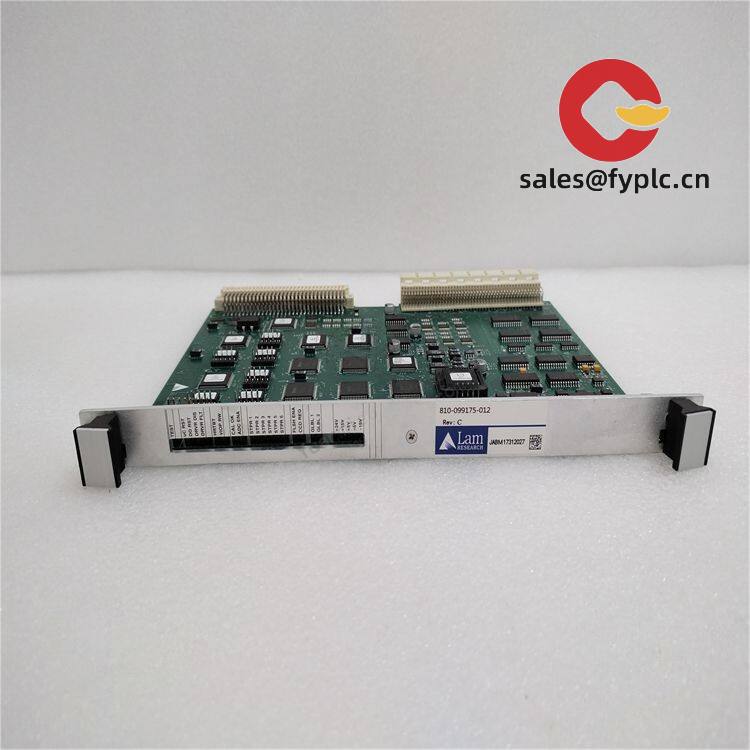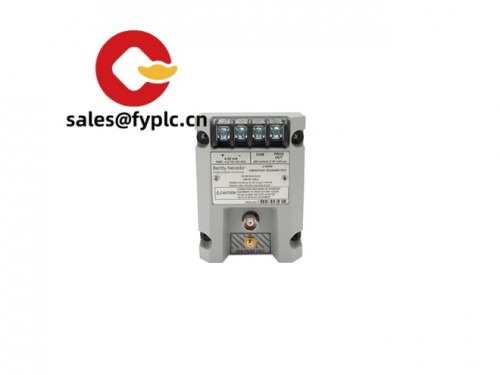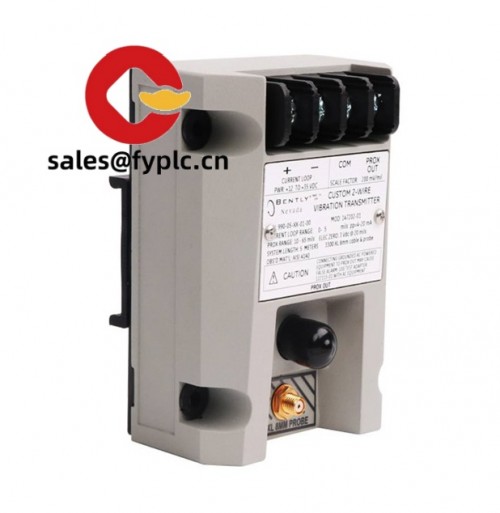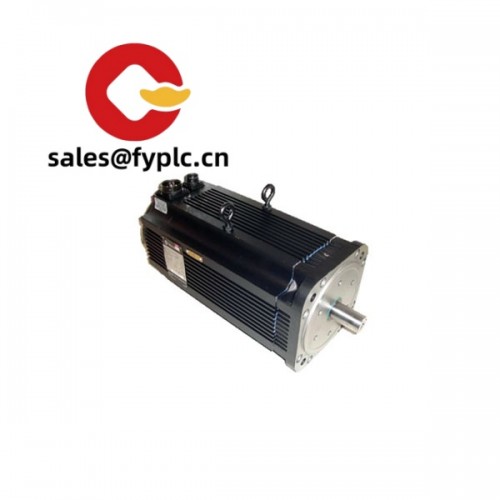Description
HESG216876 Multi-Channel Vibration Meter: Stop Guessing When Bearings Are Failing
You know that subtle grinding noise from a motor? By the time you hear it, the damage is usually done. The HESG216876 changes that game entirely. From my experience troubleshooting plant downtime, this thing spots developing faults in rotating equipment weeks before they become catastrophic – think centrifugal pumps in chemical plants or conveyor drives in warehouses. One maintenance lead in Ohio told me it caught a misaligned gearbox on a paper machine that would’ve cost $18k in emergency repairs. Typically, you’ll see it deployed where vibration data needs continuous monitoring without tying up technicians with handheld meters.
Why Maintenance Teams Actually Use This Daily
- 8 simultaneous measurement channels – No more rotating sensors between machines. You can monitor an entire pump skid at once, which in most cases cuts analysis time by half compared to single-channel units.
- 0-10 kHz frequency range – Catches those high-frequency bearing defects that cheaper meters miss. One thing I appreciate is how it spots early-stage pitting on ball bearings before ISO 10816 alarms trigger.
- Modbus TCP + Ethernet/IP out-of-the-box – Plugs straight into Rockwell or Siemens control systems. You might notice it skips the gateway headaches some competitors create.
- Web interface for remote viewing – Check real-time spectra from your phone during lunch break. Field techs in food processing plants love this when avoiding wet production floors.
No-Surprise Technical Specs
| Parameter | Details |
|---|---|
| Brand/Model | HESG216876 |
| HS Code | 9026.80.0000 (Measuring instruments for vibration) |
| Power Requirements | 24 VDC ±10% (1.5A max) – runs fine off standard control cabinet rails |
| Dimensions & Weight | 195 x 145 x 55 mm / 1.2 kg – fits 19″ racks or DIN rails without crowding |
| Operating Temperature | -10°C to +60°C – handles most factory floors but keep it away from blast freezers |
| Signal Inputs | 8x IEPE accelerometer channels (10V range), 4-20mA for temp sensors |
| Communication | Ethernet (Modbus TCP, EtherNet/IP), USB-C for config |
Where It Pays for Itself Fast
In wastewater treatment plants, it’s typically guarding those critical aeration blowers where unplanned downtime means regulatory fines. I’ve seen it deployed on wind turbine gearboxes too – the web interface lets remote technicians validate vibration trends without climbing towers. Food and beverage facilities use it on filler lines; one chocolate factory avoided $40k in wasted product when it flagged a failing conveyor motor before the weekend run. Truth is, if you’ve got rotating equipment running more than 16 hours/day, this isn’t a luxury – it’s your insurance policy against midnight emergency calls.
Procurement Perks You Won’t Find in the Brochure
Let’s be real – your boss cares about TCO, not specs. Here’s what moves the needle: First, the 365-day warranty covers sensor failures (unlike some brands that void coverage for “environmental exposure”). Second, it speaks native plant protocols – no costly integration consultants needed. Third, firmware updates are drag-and-drop via USB, so you’re not paying $500/hour for OEM support when standards evolve. From what I’ve seen, plants recoup the cost after preventing just one unscheduled shutdown. Oh, and delivery’s usually within a week if we have stock – payment’s 50% upfront, balance before shipping via FedEx/UPS/DHL.
Installation & Maintenance That Won’t Wreck Your Schedule
Mount it in any standard 19″ control cabinet (IP20 rating means keep it dry), but leave 50mm breathing room on sides – that internal fan needs airflow. Wire sensors with shielded cable, and ground the shield at one end only to avoid ground loops. For maintenance? Honestly, it’s stupid simple: wipe vents quarterly with a dry brush, check sensor cables annually for chafing, and push firmware updates when they drop (about twice a year). Skip the fancy calibration rigs – the self-test on boot verifies 95% of issues. One caveat: don’t install near VFDs without ferrite cores; electromagnetic noise will mess with readings.
Certifications That Actually Matter
CE marked for EMC and safety (EN 61326-1), UL 61010-1 certified for North American panels, and RoHS 3 compliant. The ISO 9001 manufacturing process shows in the build quality – I’ve pulled units out of dusty cement plants after 3 years that still boot clean. Warranty’s solid too: 365 days covering parts/labor, no funny clauses about “operator error” if you follow the basic mounting guidelines.
















Reviews
There are no reviews yet.